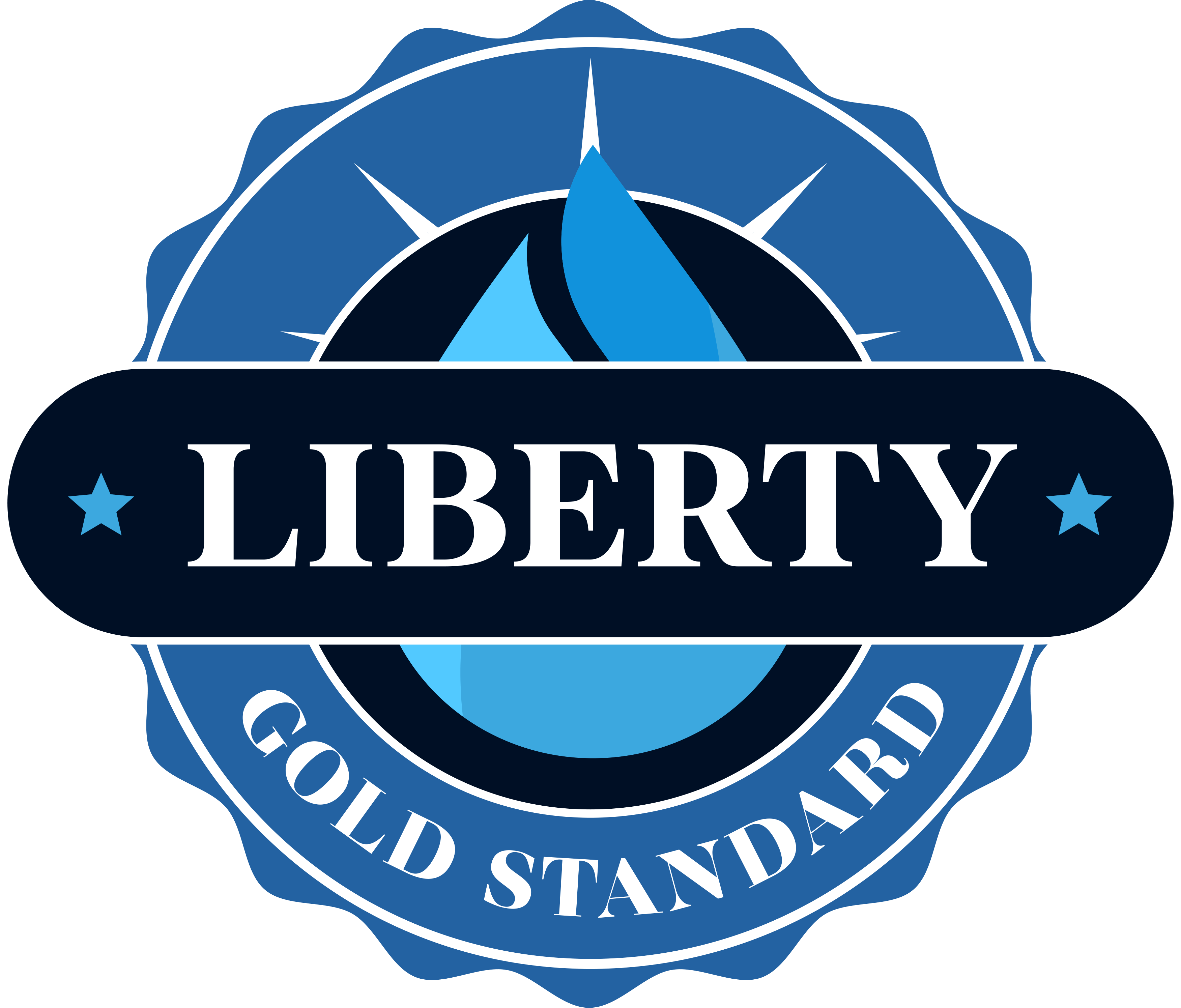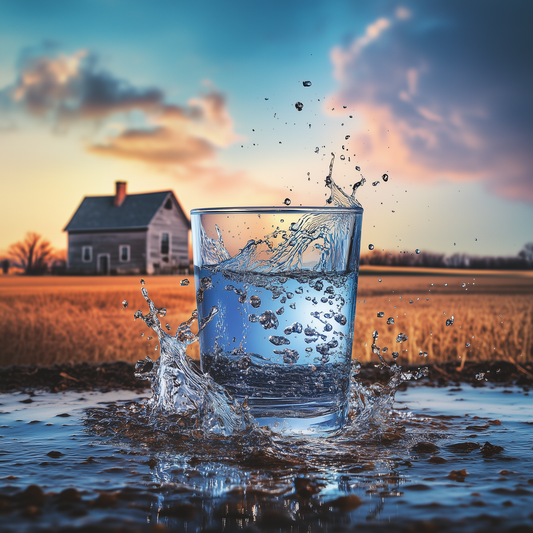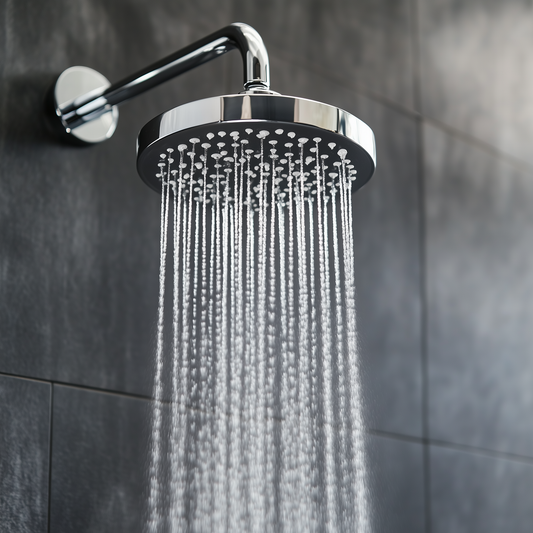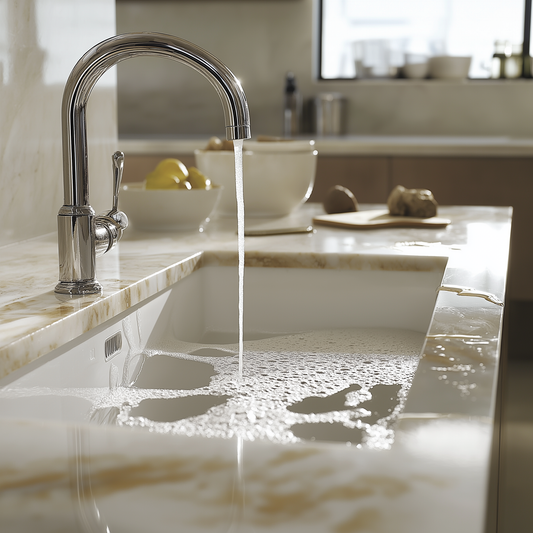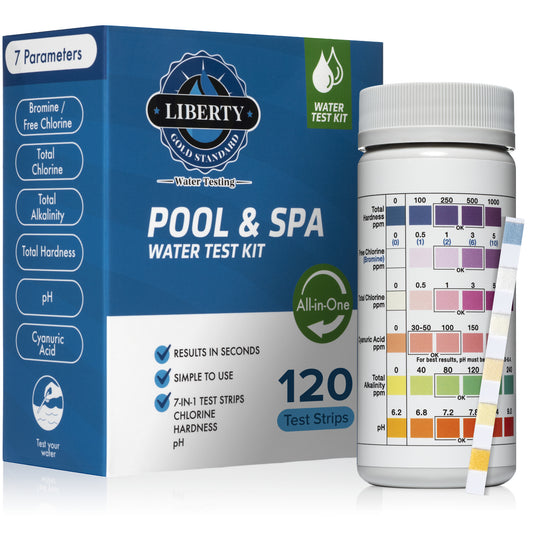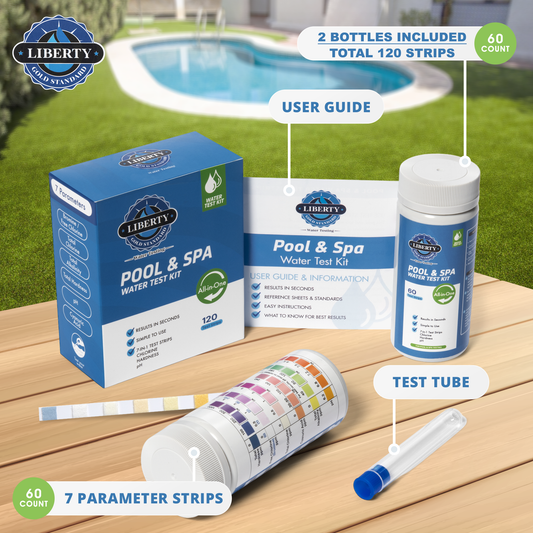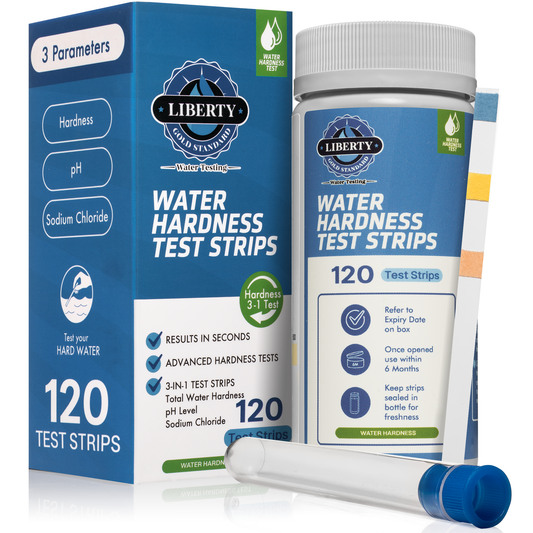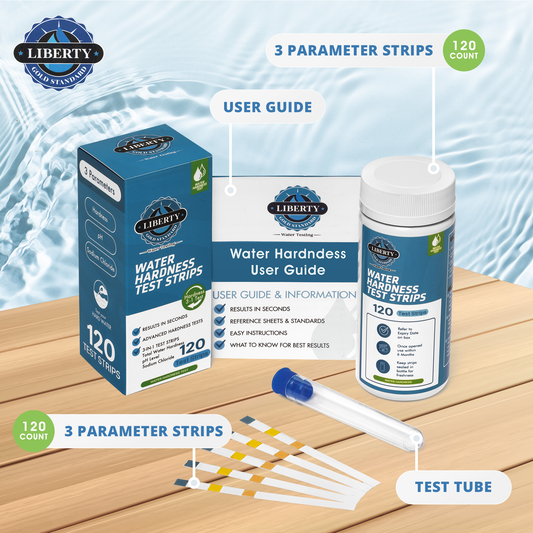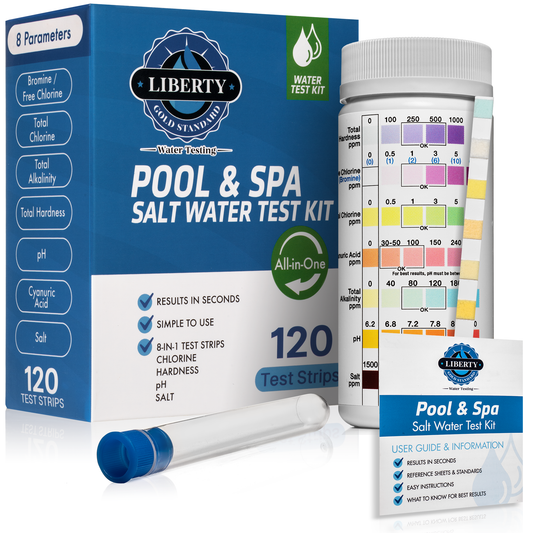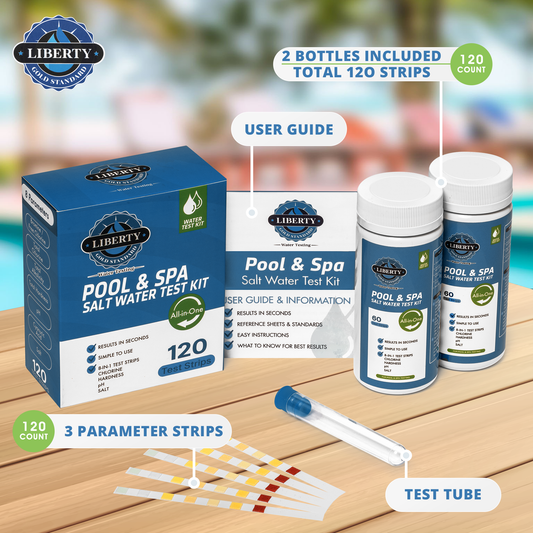
Glossary of Water Tests Provided
Lead:
-
Lead is a heavy metal that can be found in water due to corrosion of old lead pipes, lead solder in plumbing, or industrial pollution.
-
The maximum contaminant level (MCL) for lead in drinking water is 0.015 mg/L (parts per million or ppm).
-
Lead exposure can lead to various health issues, including developmental delays in children, kidney problems, and high blood pressure in adults.
Free Chlorine:
-
Free chlorine refers to the amount of chlorine in water that is not combined with other compounds.
-
It is used as a disinfectant to kill bacteria and other harmful microorganisms in water.
-
The recommended free chlorine level for drinking water is 0.2 to 2.0 ppm.
Total Alkalinity:
-
Total alkalinity is a measure of the water's ability to neutralize acids.
-
It is primarily composed of carbonate, bicarbonate, and hydroxide ions.
-
The recommended total alkalinity for pool water is 80 to 120 ppm, while drinking water should have a total alkalinity of 20 to 200 ppm.
MPS (Monopersulfate):
-
Monopersulfate, also known as potassium monopersulfate or potassium persulfate, is an oxidizing agent used as a pool disinfectant and sanitizer.
-
It is a chlorine-free alternative to traditional chlorine-based sanitizers.
-
The recommended level of MPS in pool water is 2 to 4 ppm.
Iron:
-
Iron is a naturally occurring element found in water sources due to the weathering of rocks and soil.
-
Iron in water can cause discoloration, staining, and unpleasant taste.
-
The secondary maximum contaminant level (SMCL) for iron in drinking water is 0.3 ppm.
Nitrite:
-
Nitrite is a compound formed when nitrogen combines with oxygen.
-
It can enter water sources through fertilizer runoff, sewage, and industrial waste.
-
The MCL for nitrite in drinking water is 1 ppm. High levels of nitrite can cause methemoglobinemia, a blood disorder.
- For more Detailed Information Nitrite Results and Information, please read Testing for Nitrite in Water
pH:
-
pH is a measure of the acidity or alkalinity of water.
-
The pH scale ranges from 0 to 14, with 7 being neutral, lower values being acidic, and higher values being alkaline.
-
The recommended pH range for drinking water is 6.5 to 8.5, while swimming pools should maintain a pH of 7.2 to 7.8.
Bromine:
-
Bromine is a chemical element used as a disinfectant and sanitizer in swimming pools and spas.
-
It is an alternative to chlorine and is less irritating to the skin and eyes.
-
The recommended bromine level for pool and spa water is 3 to 5 ppm.
Fluoride:
-
Fluoride is a naturally occurring element found in water sources, often added to public water supplies to help prevent tooth decay.
-
The optimal fluoride level for dental health is 0.7 ppm, but the concentration can vary depending on local regulations.
Total Chlorine:
-
Total chlorine is the sum of free chlorine and combined chlorine (chloramine) in water.
-
Chlorine is used as a disinfectant to kill bacteria and other harmful microorganisms in water.
-
The recommended total chlorine level for drinking water is 0.2 to 2.0 ppm, and for pool water, it is 1 to 3 ppm.

Hardness:
-
Water hardness is a measure of the concentration of calcium and magnesium ions in water.
-
Hard water can cause scaling in pipes and appliances and affect the effectiveness of soaps and detergents.
-
The recommended hardness level for drinking water is 2 to 4 grains per gallon (gpg) or 30 to 60 milligrams per liter (mg/L).
Cyanuric Acid:
-
Cyanuric acid is a chemical compound used in swimming pools to stabilize chlorine levels.
-
It helps protect chlorine from being broken down by UV rays from the sun.
-
The recommended cyanuric acid level for pool water is 30 to 50 ppm.
Copper:
-
Copper is a naturally occurring element found in water sources due to the corrosion of copper pipes and leaching from natural deposits.
-
High levels of copper can cause health issues and damage plumbing systems.
-
The secondary maximum contaminant level for copper in drinking water is 1.3 ppm.
Nitrate:
-
Nitrate is a compound formed when nitrogen combines with oxygen.
-
It can enter water sources through fertilizer runoff, sewage, and industrial waste.
-
The MCL for nitrate in drinking water is 10 ppm. High levels of nitrate can cause methemoglobinemia, a blood disorder.
QUAT/QAC (Quaternary Ammonium Compounds):
-
Quaternary ammonium compounds are a group of chemicals used as disinfectants and sanitizers in water treatment.
-
They are used as an alternative to chlorine-based disinfectants.
-
The recommended QUAT/QAC level for pool water is 1 to 2 ppm.
Carbonate:
-
Carbonate is a measure of the concentration of carbonate and bicarbonate ions in water.
-
It is a key factor in determining water hardness and pH levels.
-
The recommended carbonate level for drinking water is 50 to 200 ppm.
Bacteria Test:

In water testing, E. coli is often used as an indicator organism to determine the presence of fecal contamination. The presence of E. coli in water indicates that other harmful bacteria, viruses, or parasites may also be present. The main sources of E. coli in water include sewage, animal waste, and runoff from agricultural or urban areas.
Water quality standards typically require that E. coli levels in drinking water be below a certain threshold, usually 0 colony-forming units (CFU) per 100 milliliters (mL) of water. The presence of any E. coli in drinking water indicates that the water may be contaminated with fecal matter and could pose a risk to human health.
If E. coli is detected in a water sample, further testing may be required to identify the source of contamination and to determine the appropriate treatment methods. Treatment options may include disinfection, filtration, or the use of ultraviolet light to kill the bacteria.
E. coli (Escherichia coli) is a type of bacteria commonly found in the lower intestine of warm-blooded organisms. While most strains of E. coli are harmless and are important to a healthy human intestinal tract, some strains can cause severe food poisoning and other illnesses.
*Extra information from the EPA on acceptable levels of contaminants in water:
https://www.epa.gov/sdwa/secondary-drinking-water-standards-guidance-nuisance-chemicals
